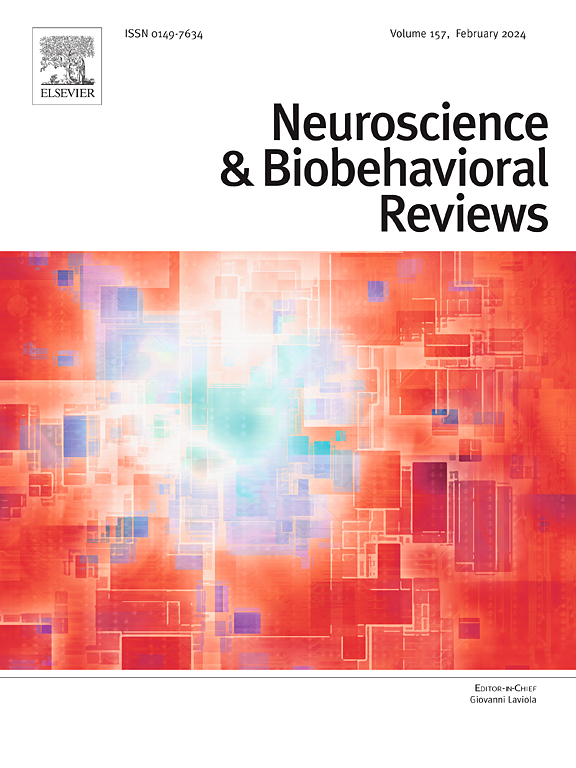Systematic review on Endocrine Disrupting Chemicals in breastmilk and neuro-behavioral development: Insight into the early ages of life
IF 7.5
1区 医学
Q1 BEHAVIORAL SCIENCES
引用次数: 0
Abstract
Breast milk (BM) is the main nutrition source for infants that plays a key role on growth and development. Human milk composition includes endogenous and exogenous substances, including endocrine disrupting chemicals (EDCs). EDCs are man-made environmental chemicals present in everyday environment and food that can disrupt the programming of endocrine signalling pathways during development, resulting in adverse effects that may not be apparent until much later in life. The presence of single and/or mixtures of EDCs in BM has been shown to be associated with impairment of reproductive, metabolic, immunologic system and neurobehavioral developmental outcomes. This systematic review discusses the current knowledge about the presence of EDCs in BM, and their potential effects on infant outcomes during the first six years of life. Following PRISMA guidelines, we made a systematic evaluation of the literature on the effects of single and mixtures EDC on (i) mental and psychomotor development; (ii) socio-communicative and behavioral development. Negative association between EDC exposure and developmental areas considered emerged highlighting: (i) BM as a potential key matrix for the monitoring of EDC exposure (ii) the short- and long-term negative effect on infant neuro-behavioral outcomes, and (iii) the importance of public health efforts to reduce maternal and infant EDC exposure. However, heterogeneous results found emphasizes the need to further longitudinal studies to consider factors that can lower EDC exposure or exert a protective role on infant neurodevelopment, and to better understand the mechanism behind the EDCs and its effects on infant development.
求助全文
约1分钟内获得全文
求助全文
来源期刊
CiteScore
14.20
自引率
3.70%
发文量
466
审稿时长
6 months
期刊介绍:
The official journal of the International Behavioral Neuroscience Society publishes original and significant review articles that explore the intersection between neuroscience and the study of psychological processes and behavior. The journal also welcomes articles that primarily focus on psychological processes and behavior, as long as they have relevance to one or more areas of neuroscience.

 求助内容:
求助内容: 应助结果提醒方式:
应助结果提醒方式:


